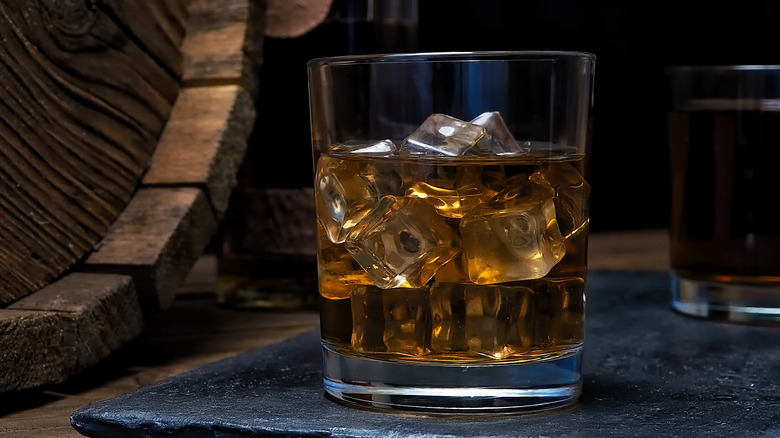What Makes Bonded Whiskey Special?
There are many unique types of whiskey out there, which you probably already know if it's your liquor of choice. If you've ever seen a whiskey labeled "bottled-in-bond," then you might be wondering what, exactly, this label means and whether or not it's important when choosing your spirit. In fact, bonded whiskeys are of particularly high quality and, for over a century, have been known for their excellence.
Back in the 1800s, it wasn't easy to know where your whiskey was coming from, what was in it, or how high-quality it was. At the time, alcohol was sold and purchased in barrels rather than bottles. Manufacturers often took advantage of this less-than-secure packaging to water down their whiskey and mix in additives. Some whiskeys included such undesirable ingredients as wood chips or even formaldehyde.
The federal government passed the Bottled-in-Bond Act in 1897 to keep these practices at bay, meaning a bottle bearing that label had to meet very specific qualifications. Colin Spoelman, co-founder of Kings County Distillery, told Wine Enthusiast, "Bottled-in-bond is one of the earliest examples of a consumer protection law." Bottled-in-bond whiskey was first distilled at a single U.S. distillery and aged for four years in government-supervised buildings. It was also bottled — not barreled — when it was 100 proof. These steps ensured high-quality whiskey, and the bottled-in-bond label meant that consumers didn't have to worry about what they were drinking.
Why the bottled-in-bond label matters today
While bottled-in-bond whiskey was all the rage for quite some time, it lost its popularity in the 1970s when lighter, lower-proof options became available. In 2018, however, Jim Beam's bonded whiskey made a triumphant return to the market. Adam Harris, the senior American whiskey ambassador at Beam Suntory, told Wine Enthusiast, "We saw the popularity of higher-proof product rise among the craft-bartending community," adding, "The bigger proofs of bottled-in-bond provide bigger flavors that stand up well in cocktails."
Bottled-in-bond whiskey was once a method of quality control, and today, the label still implies excellence. It also marks a strong, more savory, less sweet whiskey with a high ABV. Noah Rothbaum, author of "The Art of American Whiskey," told Serious Eats that many whiskey drinkers "just think [the classification is] something you slap on a label. But for people in the know, bottled-in-bond says, 'Look, this is quality.'" He added, "I don't like to tell people about bottled-in-bond. I'd rather they not know about it so the prices stay low." So, while bottled-in-bond whiskey may be most popular among informed bartenders these days, it's an easy way to ensure a high-quality bottle that's perfect for any whiskey cocktail you might want to whip up.

